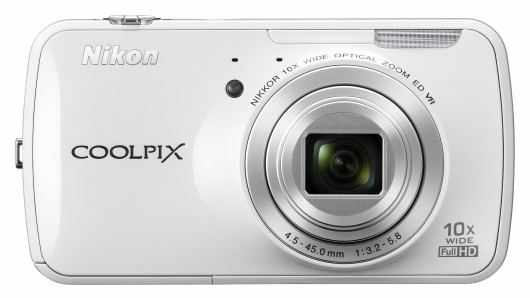A lot of filmmakers are stretching their wings with the Canon 5D DSLR.
Light and DSLR Canon Cameras
When you look at the work you see that absence of fill light is where the Canon DSLR's shine. The more boring shots are shot outside at high noon or with that milky overcast sky.
But take the camera inside (or provide blacks that will bring you "negative fill") and the Canon magic starts to happen. Check out 'Streak and the Raven – Speed of Light,' practically an exercise in how to film in low light:
Streak and the Raven – Speed of Light (OFFICIAL) from OTSO FILM on Vimeo.
SINGLE FRAME EDITING-
Another video that is pushing the envelope of visual comprehension with single frame cuts is 'Aimless Arrow'
CONVERGE "Aimless Arrow" from Max Moore on Vimeo.
KINESTASIS
My first film in college was all single frames on film. The technique is called "kinestasis" – It means moving stills. You expose each frame individually in the camera. I was emulating Chuck Braverman's 'American Time Capsule', which is comprised of exposing single frames. It won awards. So did mine. Chuck's piece was featured on the Smothers Brothers comedy hour years ago.
If you want to see MY college kinestasis film you'll have to buy me a coffee. Short of that, drop me a line and I MIGHT send you a link. But I'd rather hold out for the coffee.
Anyway, to shoot a Kinestasis project you have to plan all your stills in advance because you expose them individually in the film camera. You can use a remote trigger device so you don't shake the camera. And you need a lot of pictures. 24 per second at the maximum. And you have to plan how you're going to move them.
The beauty of the Canon DSLR is that it can shoot stills in sequence and you can lay them on the timeline or you can shoot on the video side and chop the sweet spots out of each scene into single frame events on the timeline.
If you're doing a thirty second film, that's ahhhh….thirty times twenty four, which 720 pictures. Try it. I was trying to see if I could really rivet someones attention by showing them glimpses of images. They say that if a person talks fast people tend to comprehend more of what they say. So I was trying the visual side of that equation. How fast can we comprehend and how good is our visual "buffer". When does it fill up and we have to pause the movie? So, let's try some kinestasis. See where your buffer chokes.


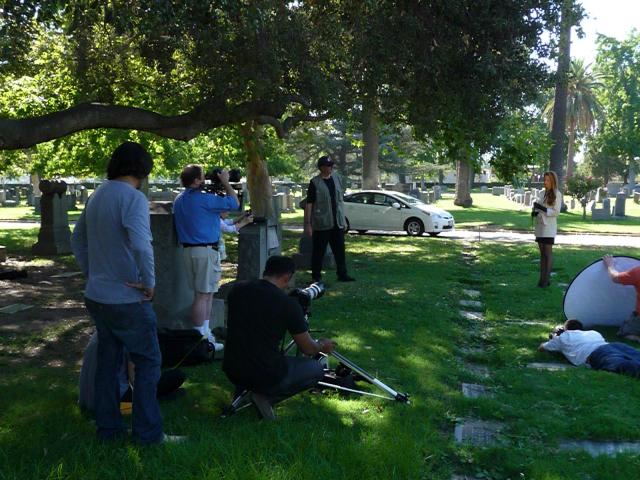
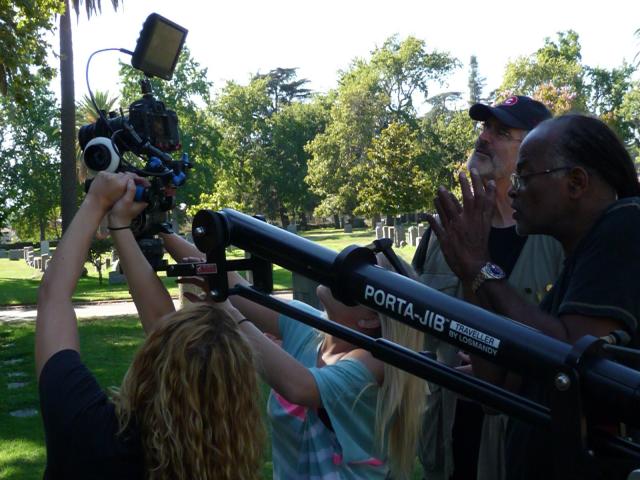
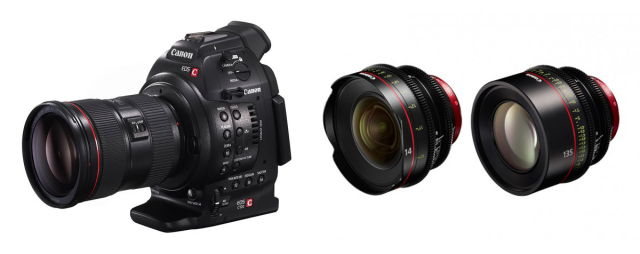
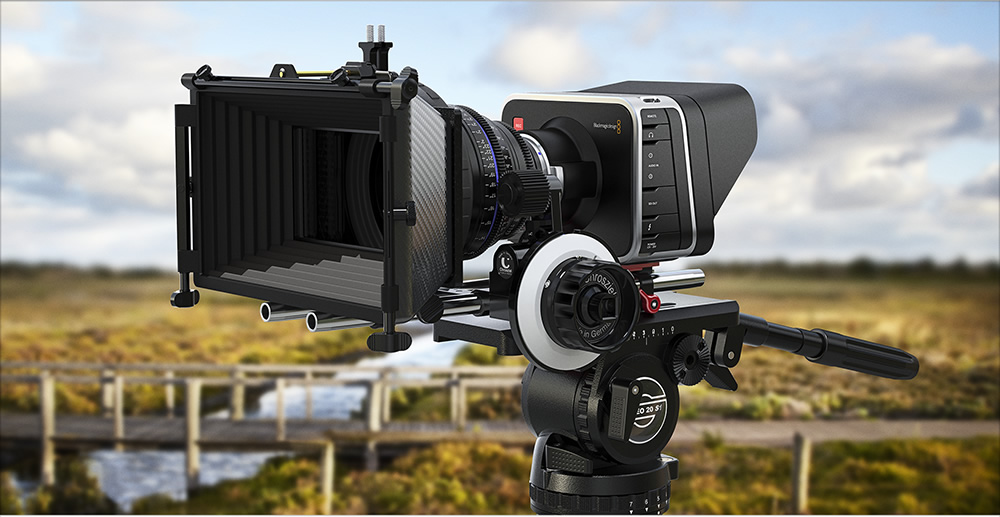
 Can’t make it to our scheduled events? Call us and schedule a one-on-one
Can’t make it to our scheduled events? Call us and schedule a one-on-one 